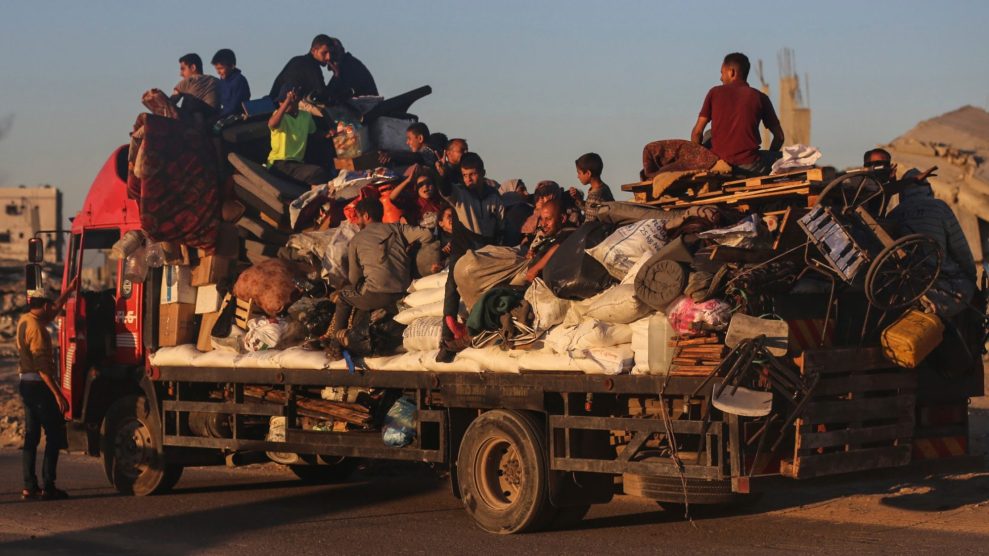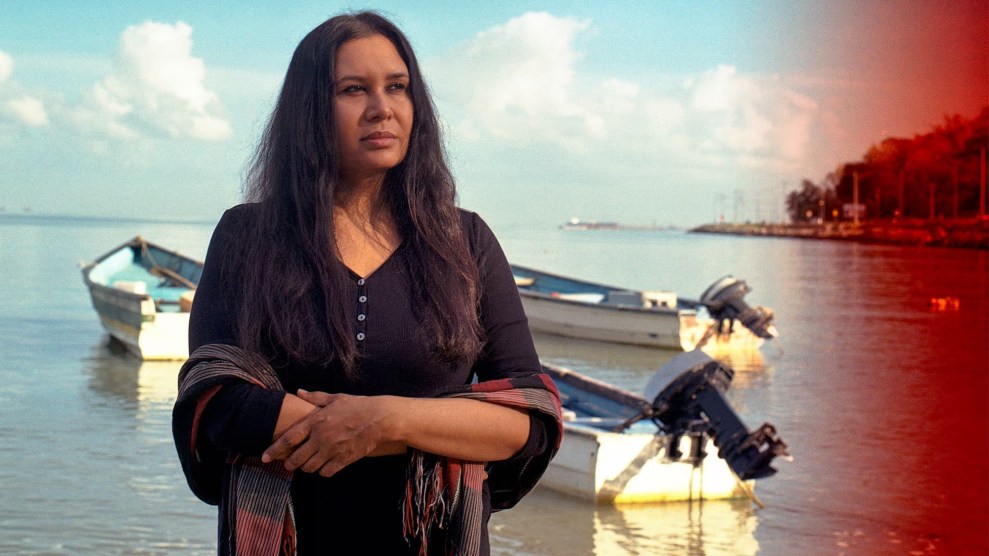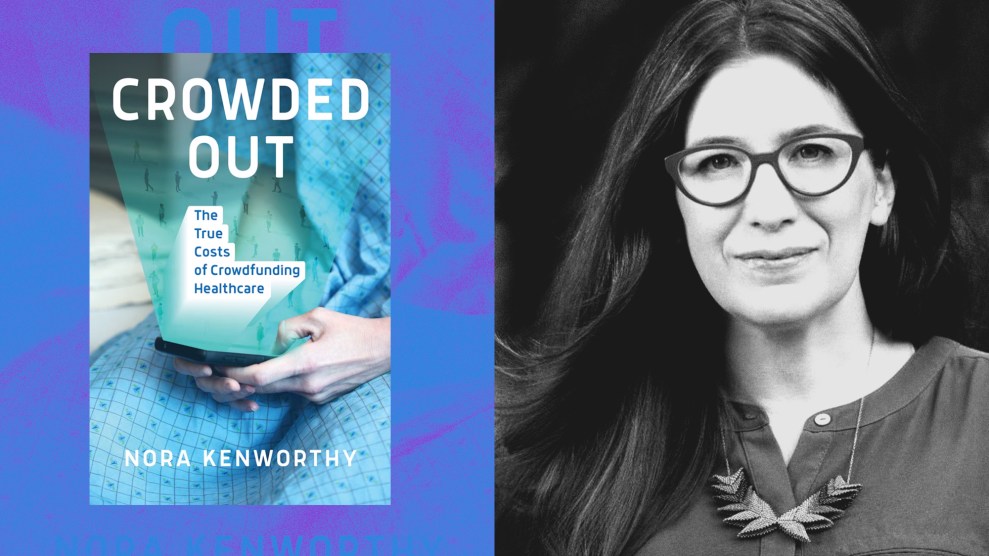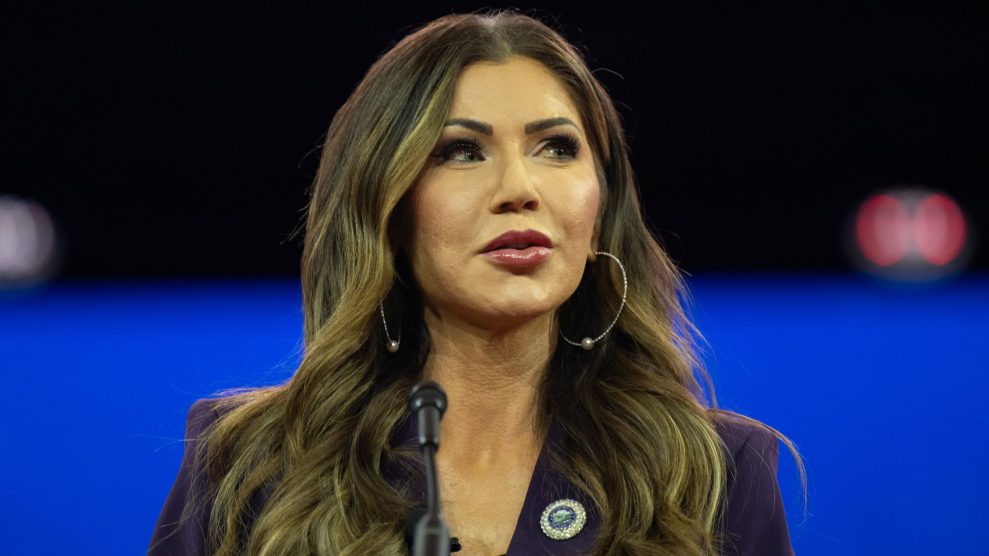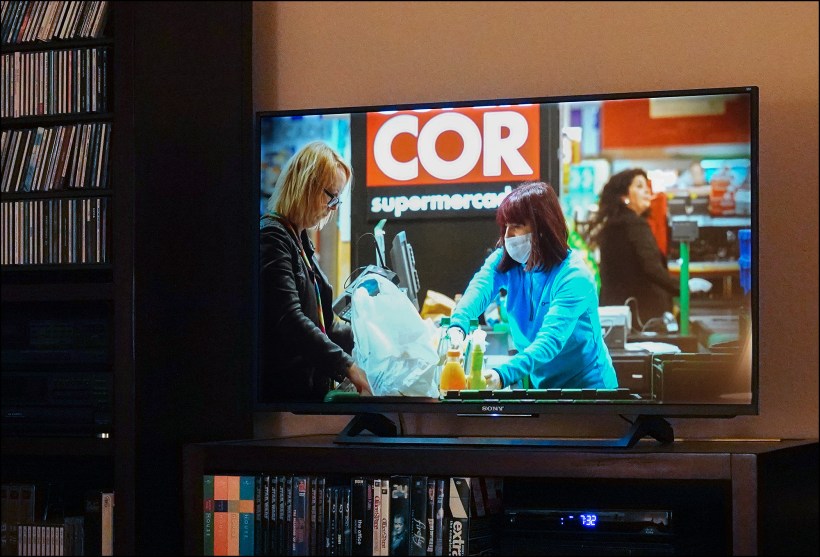
This is what our TVs are going to look like for at least the rest of the year.Kevin Drum
IANAE and my beliefs about COVID-19 are just the instincts of an intelligent amateur who’s read a lot and tried to make sense of things, even when they don’t all seem to quite add up. Feel free to ignore me. That said, here’s what I tentatively believe:
- COVID-19, left to its own devices,¹ is probably somewhat less deadly than we originally thought—though I can’t really put a firm number on “somewhat less.” Maybe a population death rate of 0.1-0.3 percent for the current wave?
- Up through the end of January, it was all but unanimous that COVID-19 was not a big threat to the United States. We should all stop rewriting history to pretend otherwise.
- In the US, California usually gets credit for being the fastest-acting state and it didn’t start lockdowns until March 19. Even in Europe, most countries didn’t start lockdowns much more than a week before that. The World Health Organization didn’t designate COVID-19 as a pandemic until March 11. I have trouble blaming anyone for “ignoring the problem” because they didn’t take extreme actions before then. We were virtually all guilty of that.
- The NBA deserves more credit than it gets for lighting a fire under everyone’s butts by immediately canceling their season after Rudy Gobert tested positive for the coronavirus. This was a very dramatic statement.
- The full suite of virus countermeasures has probably reduced the COVID-19 death toll by about half.
- However, we still have very little idea of which countermeasures provide the biggest bang for the buck. School closings? Stay-at-home orders? Mask wearing? Restaurant shutdowns? It’s critically important that we try to get a handle on this. If, for example, it turns out that schools can be re-opened with only small effects as long as we keep doing everything else, that would relieve a mountain of pressure from a lot of people.
- Don’t trust any studies based on data from Wuhan. I can’t speculate on the reasons for this, but Wuhan simply seems to be fairly unique among COVID-19 outbreaks.
- The US will probably enter summer with 100,000 officially recorded coronavirus deaths. The real number will be about 200,000.
- I am not entirely opposed to a slow, controlled relaxation of countermeasures in states that want to try it. It might still be a little too early for this. However, it might also be the only way we ever find out what works and what doesn’t. I sure hope an army of epidemiologists and statisticians and freakonomists are looking for clever ways to measure the effects of different actions in different states.
- I don’t especially blame Donald Trump for not endorsing lockdowns and quarantines and so forth until mid-March. In this, he was probably following expert advice fairly reasonably. What I do blame him for is: not planning for the worst case when he had the chance during February; consistently providing the country with bad information about vaccines and cures and bleach and so forth; declining to take testing seriously; turning the entire operation into a partisan crusade; using the month of April to fire up his base to “liberate” red states; wasting time blaming China and WHO and Democrats and governors for his own mistakes; putting Jared Kushner in charge of an important task that needed someone experienced and competent; and just generally acting like a buffoon the entire time. Please note that this is not an exhaustive list.
- I hope I’m wrong, but I certainly don’t expect a vaccine to be available this year, and probably not next year either. It’s possible we could have one in late 2021 if we’re very lucky and everything goes exactly right. That would be great, but my experience tells me this rarely happens.
- Nor am I super optimistic about developing an effective antigen test in the next few months—and I’m disturbed that we (apparently) haven’t been spending time on a crash program to build much greater PCR test capability because we’re hoping for an antigen “breakthrough.” If there’s a concrete reason that a big increase in PCR testing is impossible, someone should explain why. If not, it should continue to be our backup plan in case nothing else pans out.
That’s it for now. Any or all of these are subject to change as new evidence arrives.
¹“Left to its own devices” deserves a brief explanation. There’s a minimum response that any serious epidemic will prompt: hand washing, basic hygeine, keeping a distance from others when possible, quarantine of those showing symptoms, etc. I assume that everyone would have done all those things regardless. By “left to its own devices” I mean that the virus is allowed to spread without major interventions like school and business closings, stay-at-home orders, massive testing, and so forth.






